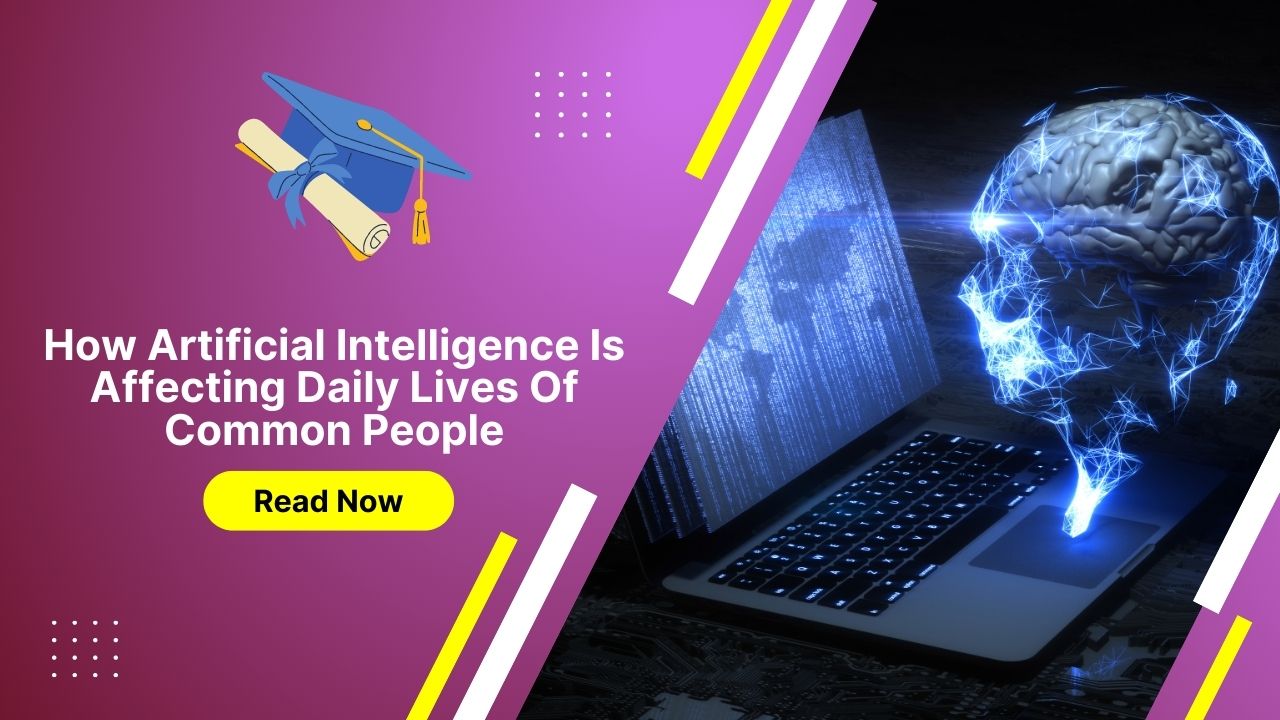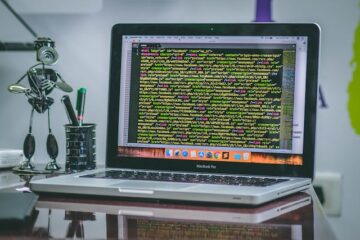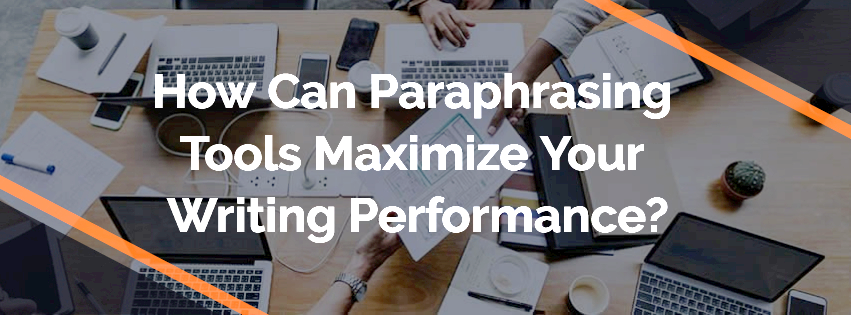Many people don’t know much about artificial intelligence (AI). For example, only 17% of the 1,500 prominent business executives in the United States who were asked about AI in 2017 said they knew what it was.
Several didn’t know what this meant or whether it would impair their enterprises. They knew that AI had a lot of potentials to change business processes, but they didn’t know how it could be used in their own companies.
Industrial robots, AI, and machine learning are progressing quickly, but their influence on employment and public policy has received little attention. It investigates how robots replacing people will affect public policy.
Emerging technologies may increase the speed, quality, and cost of products and services but may replace many jobs. This prospect undermines the existing concept of job-based health care and retirement savings. In a shrinking economy, we must consider how to help displaced employees.
Even though most people don’t know much about AI, it is a concept that is changing every part of life. It is a powerful tool that lets people rethink how we combine information, analyze data, and use this insight to make better decisions.
With this broad look at AI, we hope to explain it to legislators, political commentators, and other interested people. We also want to show how AI is already changing the world and bringing up important questions about the community, the financial system, and authorities.
AI And Working Women’s Lives
As AI systems impact more women in the workplace, we must guarantee that these new technologies assist in reducing gender inequalities, not expand them. Burgeoning AI systems may pose obstacles for women in the workplace, but their effects are unknown.
New technologies fueled by artificial intelligence are progressively reshaping the world of work (AI). AI advancements are already affecting women in the workplace, and we must ensure that digitalization by itself doesn’t leave women adrift.
AI systems are developed using data that focuses on the past, but we as a community must focus on the future. As a result, AI systems might have significant gender biases.
A new report from the below-mentioned organizations:
- Organization for Economic Co-operation and Development (OECD),
- United Nations Educational, Scientific, and Cultural Organization (UNESCO),
- Inter-American Development Bank (IDB) and
- Researchers of the Universities of Cambridge and Oxford
Provides an overview of the existing research on how artificial intelligence (AI) has affected and may continue to affect women’s working lives.
Recruitment
The economy is already seeing the effects of automation technology. Over the last several years, many industrial robots have been installed across the globe.
Robotic employees are now cost-competitive with human labor because of robots’ declining pricing and their ability to work nonstop for a whole day. If future job security is compromised by automation and artificial intelligence like robots, there must be a mechanism to provide benefits outside work.
One concept for providing treatment, education, and housing support, whether or not someone is technically employed, is “flexicurity,” or flexible security.
The Great Recession, which drove many firms to run with fewer employees, is partially to blame for the current trend toward more automation. Many organizations kept automating their processes once growth picked up instead of adding more staff.
Today, AI is utilized to power various job search engines, online job adverts and suggestions, and automate a portion of the recruiting process at major corporations. In the service industry, computer algorithms can carry out stock deals faster than anyone else. These technologies will find even more uses in an economy as they become more accessible, affordable, and competent.
A third group contends that computers won’t have much of an impact on jobs in the future. The unpredictability of employment outcomes must be considered in any policy actions that tackle the future of employment.
If unemployment remains high, solutions such as increasing the Earned Income Tax Credit, guaranteeing a minimum income, and promoting corporate profit-sharing should be taken into account.
How individuals devote their time anywhere but in typical work may be the most exciting subject the report raises. “Activity accounts” might help pay for voluntary work or lifetime learning.
Some people will be able to spend more quality time with family or on creative endeavors by working fewer hours. There must be methods for individuals to have satisfying lives regardless of how they want to spend their time, even if society only requires a small number of employees. Historical statistics on women’s participation in the labor force can distort how these new systems value labor.
AI recruiting strategies based on successful historical hires in the underrepresented tech sector may perpetuate prejudice, worsening gender disparity.
Let take a break from the article and check out this book of Wonder.
Digital Talents
Additionally, AI is altering the sorts of talents that companies want. Some occupations, such as administrative assistance, are rendered obsolete by AI-powered automation while the demand for specialized skills in the digital economy rises.
According to research, working women today occupy lesser senior positions. These positions are less likely to have skills in the following:
- Technology
- Engineering,
- Science
- Mathematics (STEM)
Hold more dangerous professions, and are paid, on average, less than their male colleagues for the same work.
The possibility is that advanced AI systems can assist in closing these gender discrepancies instead of widening them. The difficulty is that we don’t know how these systems will affect women and women’s jobs.
Administration by AI
New AI-based workplace performance monitoring tools evaluate communication abilities, digital and physical job productivity, work hours, and employee retention potential.
Nevertheless, if these new management tools are based on data from today’s uneven workplaces, they may incorporate harmful gender preconceptions. Systems evaluating how employees engage with clients may rate males better if the requirements focus on assertiveness or confidence.
Gender Gaps and Biases
AI can help find ways to close gender gaps and biases. AI tools and technologies could have many sound effects, such as assisting close persistent gaps and biases between men and women. For example, an IDB report said that the right and responsible use of information-intensive AI search has the potential to speed up service processes, make them more personal, and possibly reduce biases that lead to employment discrimination.
Our joint report lists important projects that use AI to help women farmers in Africa, support women in Latin America to enter the tech industry and stop harassment at work. We still have work to do.
To prepare for these changes and keep more women in STEM fields, we need to work on de-skilling and up-skilling women workers.
Men are likelier to know how to use digital technology for basic tasks than women. A 2019 UNESCO report found that women hold only 29% of science research and development jobs worldwide. Data are available on OECD.
AI shows that in 2021, less than 20% of scientific publications were written by or with the help of women. This was true in most countries.
The different rates at which people in the Global North and South adopt new technologies show that these changes could be added in the future. This is something that should be taken into account when rolling out new systems. For AI systems to work somewhat, they should consider the complexity of contexts and cultures.
When designing settings that are fair for women in the workplace, it is crucial to take into account their position and the sometimes underpaid and unequally allocated household and care duties. This includes how AI technologies that help work, workers, and workplaces are designed, implemented, and regulated.
Lastly, the private sector, government, and civil society all play roles in ensuring women do well in a future with AI. Those who create and oversee the use of AI systems in the workplace must share research and data and ensure that everything is open and transparent.
This will let governments, organizations, academics, and others keep an eye on gender bias in AI systems and try to fix it when they find it. We need to learn more about how people in the Global South use technology and how AI affects women and people from minority groups.
Most examples of challenges and opportunities for AI in the workplace come from the Global North. If we ignore fairness, the widespread use of AI tools and technologies could slow our goal of equal rights for men and women.
Discrimination, bias, and fairness must be considered in making and using AI tools. With more research and action, we can ensure that AI is used and adopted in workplaces worldwide in a reliable way that helps women in their jobs.
Traits That Make AI Intelligent
AI doesn’t have a single, agreed-upon definition, but it is usually thought to mean “machines that react to signaling in ways that are similar to how humans do, given that humans can think, judge, and plan.”
Conventionality
Algorithms for artificial intelligence are made to make adjustments, often based on real-time data. They are not like machines that can only respond in a mechanical way or in a way that was planned ahead of time. They gather information from several sources, instantaneously evaluate it using sensors, digital data, or remote inputs, and then take action based on the conclusions they get from the analysis.
Since storage systems, processing speeds, and analytical techniques have come a long way, they can analyze and make decisions very sophisticatedly.
Intelligence
AI is usually done together with machine learning and data analysis. Machine learning looks at data to find patterns. If it finds something that could help solve a real-world problem, software engineers can use what they’ve learned to look into specific issues.
All that’s needed are solid enough data that algorithms can find functional patterns. Data can be processed data, aerial photos, visual input, text, or data that is not organized.
Accessibility
AI systems can learn and change as they decide what to do next. In the transportation field, for example, quasi-automobiles have tools that would let drivers and automobiles know about upcoming traffic jams, bad roads, construction projects, or other things that could slow down traffic.
Vehicles can learn from the mistakes of other automobiles on the road without the help of a person, and all of their “experience” is immediately and utterly transferable to other vehicles with the same configuration.
Their powerful algorithms, sensors, and cameras combine consoles and graphic displays to show real-time data so human drivers can understand traffic and vehicular situations. Additionally, in the scenario of fully self-driving vehicles, high-tech systems can take complete control of the car or truck and make each and every decision about how to navigate.
Sector-Wide Applications
AI is already impacting the world and enhancing human skills in many ways. AI is present now and is being integrated and applied in several domains. Finance, national security, healthcare, criminal justice, transportation, and smart cities are included.
Conclusion
A revamping of labor market assistance initiatives encourages more adaptability for workers and employers, focusing on fast, efficient, and practically helpful training.
Rethinking unemployment programs to make them more generous and actively relevant by adding training will be necessary for light of the possibility that more individuals may be out of work for more extended periods and change jobs more often.
Introducing movable benefits for independent contractors would allow them to transfer their pension and health insurance benefits from job to job while demanding payments from the technology companies that hire them. It is time to update independent contractor job categories to reflect the nature of their work better.
Adopting more efficient strategies to collect corporate taxes from grey market and technology businesses to pay for social initiatives like housing or training. Conservative estimates place the cost of coordinated measures to prevent tax fraud at $100 billion and $240 billion.
In a world where many people work fewer hours for less money, progressive tax systems that support efficient housing, health, and income assistance services will become increasingly crucial. Policymakers need to understand that declining employment in the age of AI may appear quite different than it did in the past.
Preparing for that future will go a long way toward reducing the possible adverse effects of automation on millions of jobs worldwide.
Experts have different ideas about how much automation technologies will change jobs. Some people are worried about skyrocketing unemployment, but others say that technology may generate new types of jobs that will hire people who lost their jobs.




